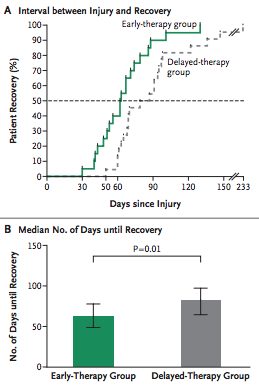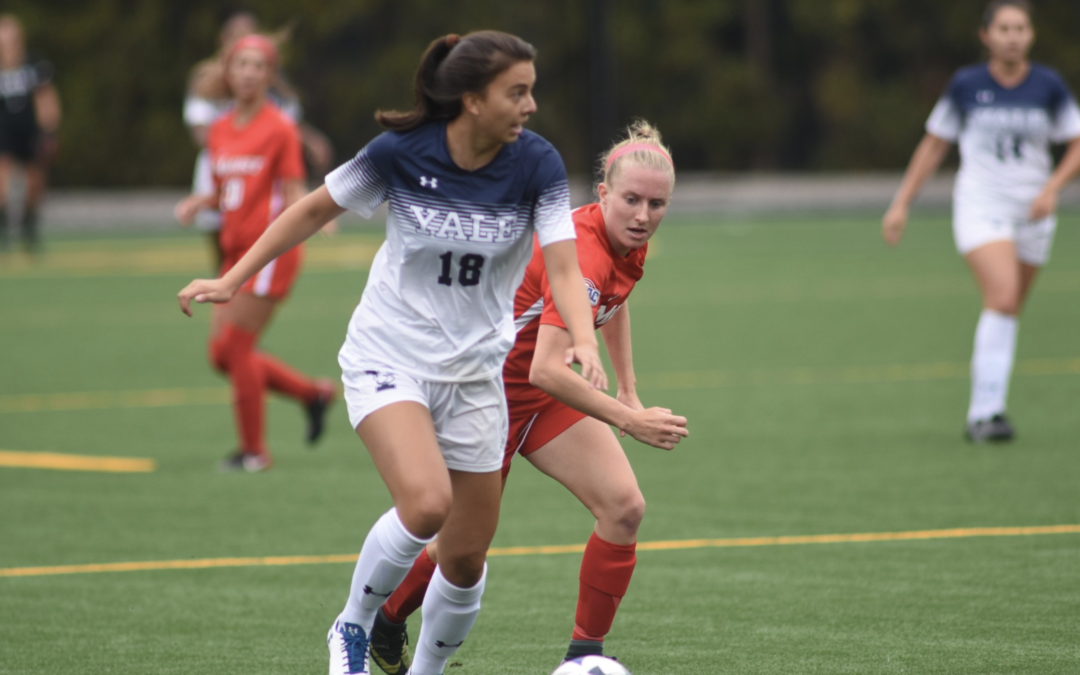I can all but guarantee this has been said to you. Various medical professionals, trainers, coaches, moms, and dads all too often times recommend rest as a first response to pain and injury. With all the right intentions, this is a scenario where a little bit of advice can be dangerous and taken the wrong way. You can and should do better than that if return to sport or return to activity is a priority to you.
Our bodies respond to stimulus. Following an injury, the body goes through stages of healing: inflammatory phase, repair phase, and remodeling phase. The inflammatory phase starts immediately to hours after injury. There is commonly increased inflammation and blood flow which brings the body’s healing capabilities (stem cells, collagen, oxygenated blood, etc) into the area to remove damaged tissue/debris. Following this, the repair phase of injured tissue occurs over the following days/weeks. Lastly, the remodeling phase occurs with the tissue responding to increased load, reorganizing itself and improving strength for what could be weeks or months. That being said, none of this happens without stimulus whether positive or negative. Compare the thought of working on range of motion after a surgery versus allowing the joint to “stiffen up.” If not addressed early, gaining your motion back will become seemingly difficult.
Bayer et al took a group of athletes with acute lower body muscle injuries and compared the difference between starting the rehabilitation process “early” at 2 days after injury versus “delayed” at 9 days after injury. The goal was to remove pain, address limitations and return to sport. The group who started early rehabilitation had a successful return to sport 3 weeks earlier on average compared to the delayed group. See the chart below.

Recently, I was listening to a physical therapy podcast with Simon Murphy, head physio for Leicester City FC in the English Premiere League. He had some great insight and commentary on how they structure injury management with the club as a whole and touched on quite a few key concepts. One of the first things he mentioned regarding structure of rehab and strength training after hamstring injuries which could carry over into most rehab approaches was getting his players moving a day after the injury. What getting moving after injury consists of depends on severity of injury, of course!
You can alter quite a few variables after an injury to decrease pain yet integrate quality motion quickly into your triumphant return. In conjunction with early use of manual therapy, dry needling, cupping, and exercise, we usually get our athletes moving quickly. Here are a few variables we modify:
- Action of which you are performing
- Environment
- Position the injured tissue is in
- Speed the tissue moves
- Direction of movement
- Range of movement
- Weight/load on tissue
- Duration of movement/training
What does this mean? There are clearly distinct consequences of prolonged immobilization, resting and delaying your start to getting moving. This can adversely affect muscle/tendon structure, function as well as connective-tissue cells. Early loading to injured tissue in a planned and progressive manner can minimize or avoid these changes and improve the ability to return to sport.
Sign up for our FREE Newsletter
Recieve performance physical thearpy, nutrition and training tips!
You have Successfully Subscribed!
References
Bayer ML, Magnusson SP, Kjaer M. Early versus delayed rehabilitation after acute muscle injury. N Engl J Med 2017;377:1300-1. DOI: 10.1056/NEJMc1708134

